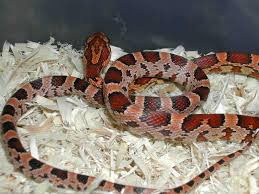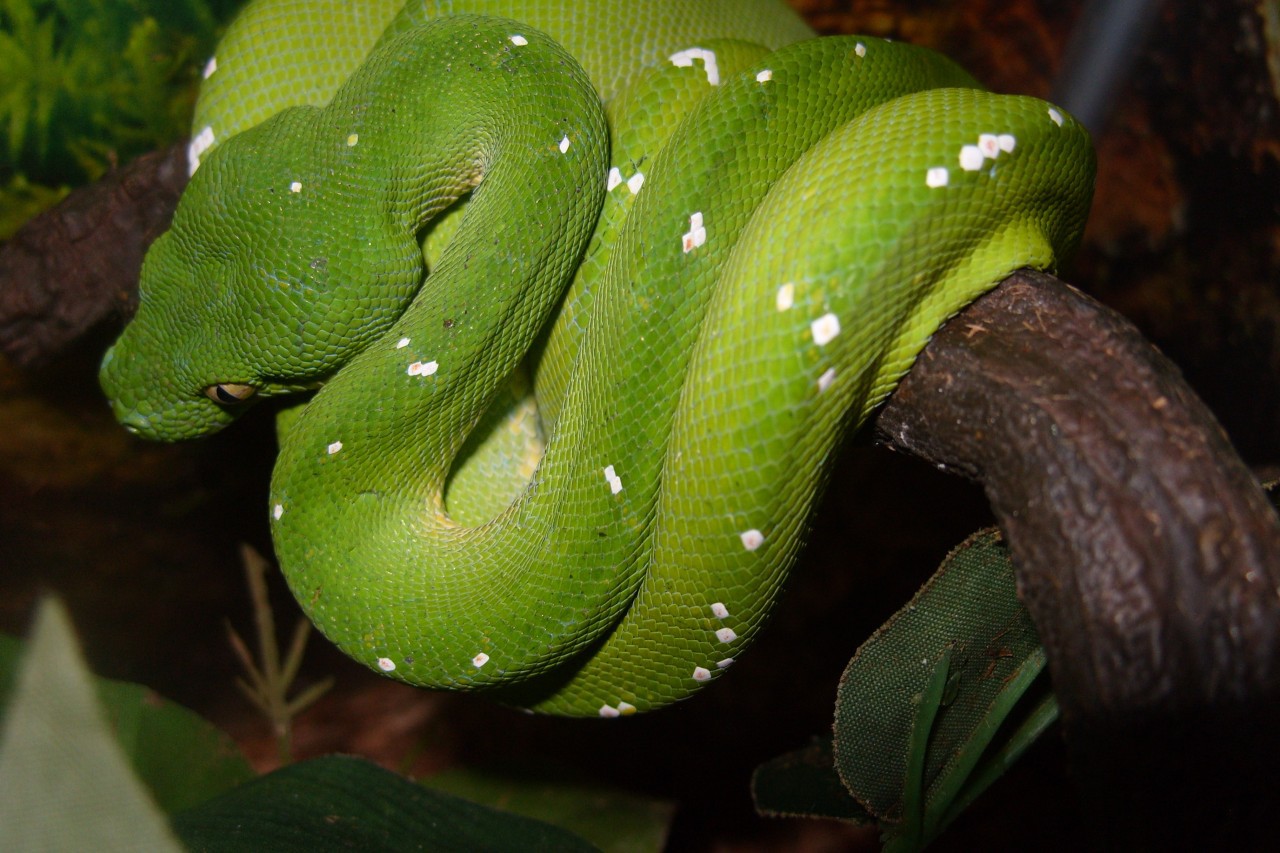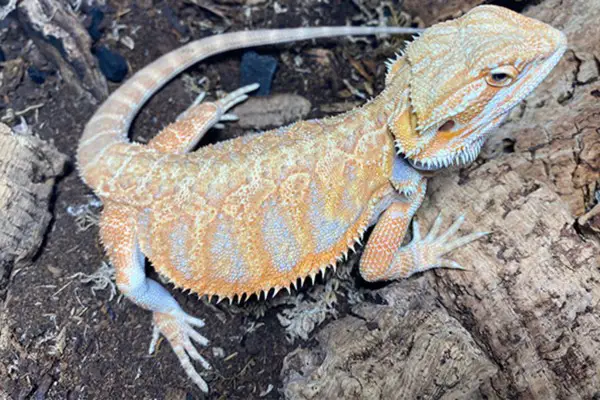Corn snakes are small rat snakes of North America. They live in the central and southeastern United States. Rat snakes are recognized by their red spots with black edges down the middle of the back, together with their orange to yellowish body. Their belly is marked by black and white stains in alternating rows. There is a slight variation in snakes’ coloration and it largely depends on the age or the conditions in which snakes live.
Corn Snake Facts
Physical Characteristics
- E. guttata and its subspecies are found in Dixon, Texas, Vaughan, and Thomas but here corn snakes do not have bright orange or red body as compared to those living in the eastern region of the serpent’s reach.
- The vivid-colored snakes usually do not go farther to the west in the Louisiana parishes of Iberia, West Baton Rouge and Pointe Coupee.
- Rat snakes in western Louisiana and Texas are least likely to display flashy colors. These reptiles possess grayish tan to orangish tan display.
- The tail patterns and dorsal body of Texas snakes are 44 – 59 on average; these are fewer blotches if we compare it with the snakes in the Great Plains. Those living in the Great Plains often display 57 – 81 on average. Southwestern rat snakes have 39 – 67 alternating blotches.
- Texas snakes and Great Plains species both display 282 scales on their bellies which is 13 scales less than the southwestern corn snakes.
- Corn snakes of Texas are unique in their two lengthwise dark strips as well as forward-directed spearpoint. It is only one of its kinds at least in the entire East Texas state.
- The young corn snakes do not have dark undertail stripes, and the dark stripe behind the eye does not go to the end.
Size
- The adult snake reaches an average length of 30 to 40 inches (76.2 to 121.9 cm).
- The largest corn snake ever recorded is 72 inches (182.9 cm).
- Some of the snakes in Texas are as large as 41 – 55 inches (104.1 – 139.7 cm) and averages 47.2 inches (119.9 cm).
- Corn snakes are mostly found in the southeastern and east-central parts of Texas eventually making to the western most tip of its wide geographic range.
- They feel home in pine-oak trees ranging from the eastern edge of the post oak savannah, south to Hardin County, north to the Big Sandy, while east to the Louisiana border.
- Corn snakes do not live in the south of Brazos and Grimes counties in Texas.
- They fancy living in forest edge, dry fields, sparse woodlands, rocky hillsides, open grassy areas, thus covering a wide variety of natural habitats.
- Corn snakes are rarely found in the wet bottomlands. They fancy living a secretive life but at times they do move towards agricultural or urban areas. These reptiles find habitats in abandoned buildings where they can easily feed on small rodents.
Behavior
- Like most other snakes, corn snakes are known to eat much larger prey. The prey size does not seem to correspond to the snake size.
- When they see humans they usually pull its entire body creating a wavelike links and stay in this posture until the danger is over. This is yet another distinctive characteristic which shows that corn snakes do not escape when confronted with humans as most other serpents do. However, when provoked they can be as dangerous as any other snake.
- Corn snake often vibrates its tail just to warn its predator.
- The corn snake’s first strike is usually harmless as it is solely intended to discourage the predator rather than to kill it. It gives repeated warnings not only by its physical gestures but also by its action.
- One must be careful when picking out these snakes because although they are docile sometimes they do bite and expel feces.
- Generally all corn snakes are tractable which is why they make very good pets.
- These snakes remain active from April to the end of October sometimes early November. However, those living in the southern Florida seem to be active all year round.
- Corn snakes are primarily nocturnal species as they often come out either in early evening or in dusk. This explains why many rat snakes are killed by vehicular traffic.
- They remain out of sight in day time as they take shelters in rotting stumps, hollow logs, other channels, and stump holes abandoned by the leaf litter, dead tree roots, and tunnels dug by burrowing animals. In the spring they live in the loose bark of stranding trees.
- In urban areas, corn snakes seek refuge under the structures or even hide behind the trash piles or metal sheets.
- It is true that they have perfectly adapted to climbing on trees yet they are seldom found in bushes or trees.
- With the arrival of the cold weather, they go to a sheltered refuge to avoid extreme subfreezing temperatures. In cold days they are likely to survive in a stone wall, rock crevice, decaying tree stump, and other channels.
Diet
- Corn snakes predominantly feed on small mammals such as mouse. They seize their prey by their jaws and suffocate it by muscular body coils.
- Their prey includes frogs, small snakes, shrews, voles, bats, mice, lizards, and moles.
Reproduction
- Corn snakes mate in April or in May but they do have a stereotypical behavior since two males compete each other with the same female.
- On average the female lays 3 – 31 eggs per clutch that are hatched either in July or September. The eggs are laid from May to July.
- The juveniles are 11 – 15 inches (27.9 – 38.1 cm) in length. They possess the same pattern like those of adults.
- The female lays eggs in the natural sites such as logs, sawdust piles, abandoned mammal burrows, and in rotting stumps.
- The females reach the maturity age in as much as 18 months soon after hibernation.
- The incubation period lasts from 53 to 70 days.
- Each egg is about 1⅝ inches (4.1 cm) in length; the size increases over time.
- Corn snakes live up to 23 years in captivity.
Work Cited
Robert D. Aldridge, David M. Sever. 2011. Reproductive Biology and Phylogeny of Snakes. Florida, USA: CRS Press Taylor and Francis Group
Peterson Field Guide – Western Reptiles and Amphibians – 3rd Edition








